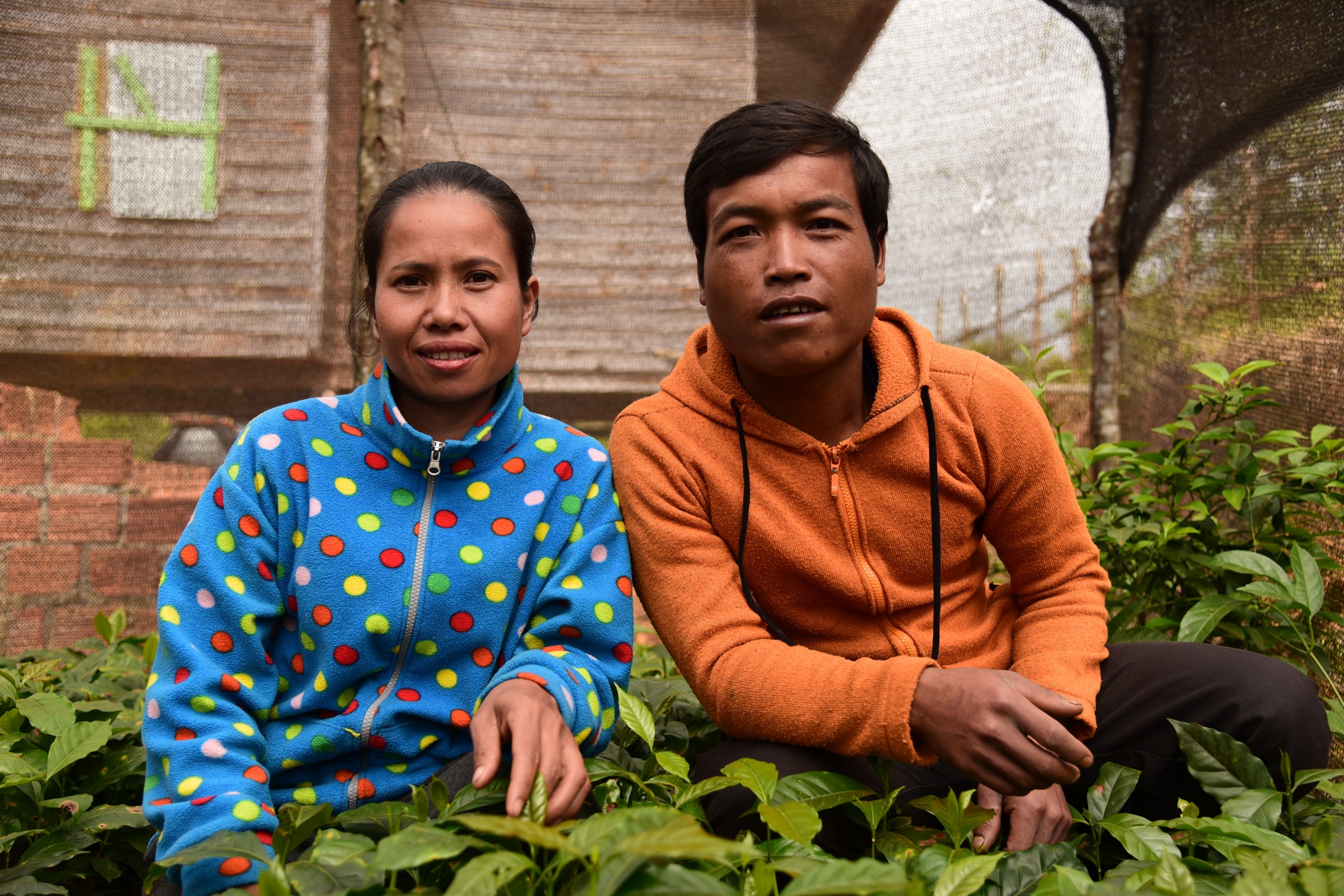Huaythong village located in Samhan district, Phongsaly Province. There are 174 people, female 77 and most of them are GuemMu. In this village, there are 36 households where are far from urban and main road around 5 Kilometres.
In 2017, the Strengthen the Quality of Maternal, Newborn, and Child health Service in Phongsaly Province (MCH) have coordinated with Samphan district public health office to collaboration the activity such as mother and child healthy task, establish the VHCs 6 persons to start operational activity. HuayThong village authority mobilized the villagers have to created village plan and the project team have to encourage mother and child healthy task, cleaning around the village, good health and well-being, defaming the livestock raising area and built toilet in each household so, the project team has monitoring in every month as follow the plan.
In 2018, the project set goal in Sakeo village, Samphan district to be a healthy model village based on 10 standard conditions in the healthy model village guidance, but the village only achieved 9 standard conditions. Huaythong is one of the village without toilet because the villagers do not have facility condition to build and without place so, this is a big problem to be the healthy model village operational plan, so the project team have discussed about the solution by the CLTS link to village plan and used the diseases transmitted from open defecation, transmission from people to animals and animals to people posters to villagers comprehension and avoid these diseases after that they have monitoring in every month.
In 2019, all household in Huaythong and Sakeo village have to finish building the toilets and ending the defecation free, cleanliness, good health and well-being and defaming the livestock raising area. The pregnant women interested in ANC and took their birth at hospital or health center that why the maternal and newborn are healthy and without diseases so, Huaythong and Sakeo village have announced to be the health model village as standard conditions on July 2019.
The villagers so proud and said thank you to MCH project and provincial health office that came to support and mobilize people to understand about mother and child health treatment, cleanliness, good health and well-being. The villagers have more healthier and without diseases transmission to people and animals. The villagers said ‘‘they wish the project would have more extension activities and achieve all target”.

Today Sanker is growing both crops as it gives her greater security. Climate change means that the weather conditions are becoming more unpredictable. This year has seen increasing rain, higher temperatures and the rain began later than it usually does. All conditions that affect the harvest and therefore also how much she is able to earn, and all something she cannot control.
By growing two different crops that react different to a changing climate, she can secure a more stable income to make sure she earns enough to feed the family.
At the same time, the prices on the crops fluctuate. Some years the cardamom is in high demand while others it is not. The unstable prices are yet another challenge for Sanker and her ability to secure a minimum income needed.
Since 2004, when she began growing galangal, the price for the dried ones have increased with 133% meaning that she can earn now 35,000 kip per kg, the equivalent to 3.58 euro. In the same period of time, the price on cardamom has fallen 138% from 500,000 kip to 210,000 kip per kg.
Prospect for a better future
Since Sanker began growing two different types of crops, she has seen progress in her yearly income and that gives her hope for the future.
In 2017 Sanker received training on how to grow galangal and she was also given 300 kg galangal plants so she could expand her plantation.
“CARE gave me small galangal trees and taught me how to grow them. I have learned about the process of growing galangal. From how to plant them to the harvest,” says Sanker. She is holding some of the galangals from this year’s harvest in her hands and she is proudly showing it. This is what has given her more stability in her and her family’s life.
“I want my children to get a good education so they are able to get a job in the future. I want them to be able to take care of themselves and me when I get older,” says Sanker while she is smiling.
And there is a reason for smiling. Sanker used to earn 400,000-500,000 kip, the equivalent to 40-51 euro, per year but this year she earned 20,000.000 kip equivalent to 2,040 euro. A progress so significant that she does not have to settle for dreaming of her children getting an education. She can actually make the dream come true.
